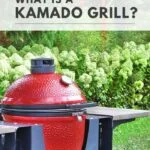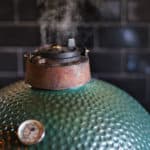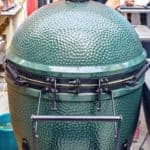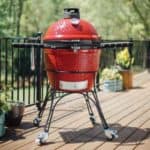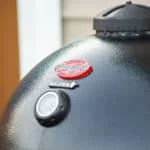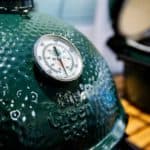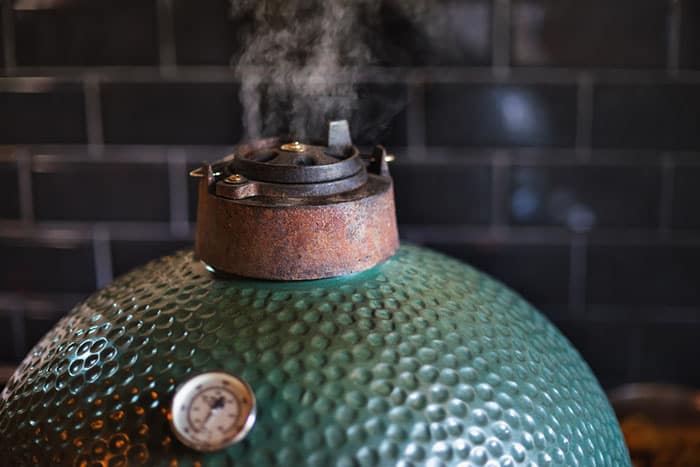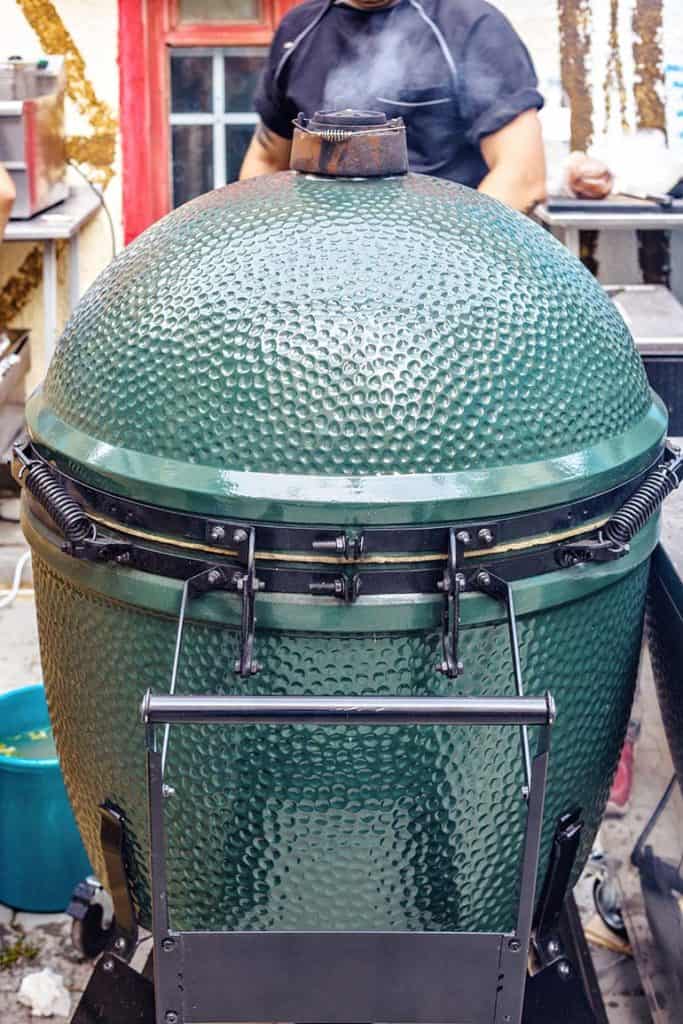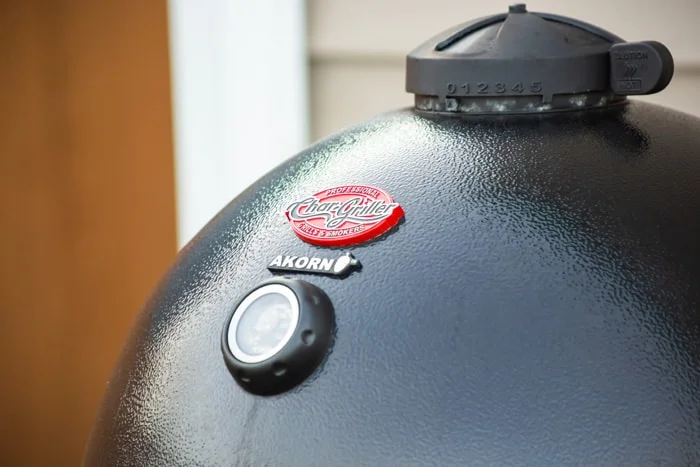Kamado grills might be a little unusual in appearance, but they offer so much in cooking returns. Here’s everything you need to know about the egg-shaped cooking wonder.
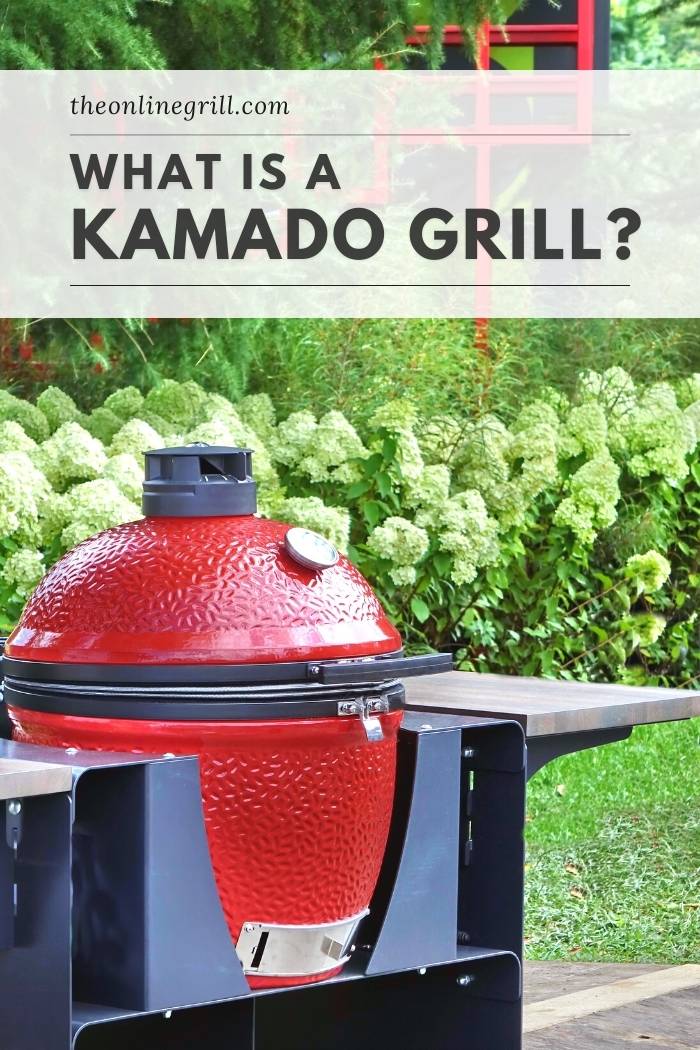
Although a little unusual to look at, the Kamado grill has a long history that outdates the modern American grill by some distance.
A lot of cultures have a rich history of using clay pot-like vessels for cooking, with archaeologists finding remnants of egg-shaped ovens in East Asia dating as far back as 3000 years.
It’s thought that these pots were the earlier versions of the Kamado-style ovens that we now know today.
While the material has changed from clay to ceramic, much of the shape that made the oven so effective is still in place and continues to make these grills so great to use.
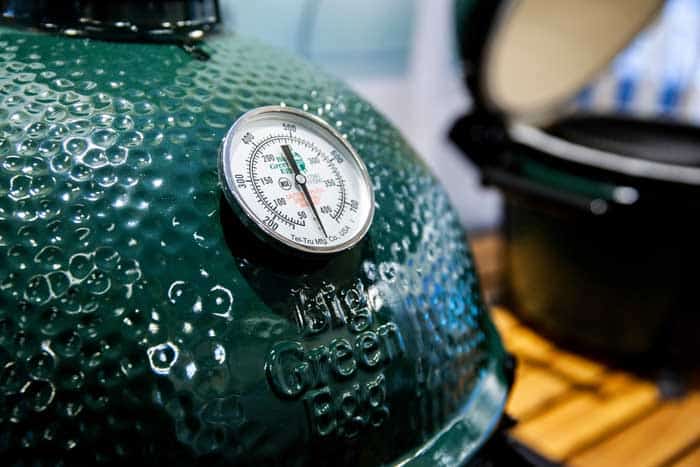
What Does Kamado Mean?
Although different countries have justifiable claims to the original oven, the name ‘kamado’ comes from the Japanese word for ‘stove’, and has become the broad name for this type of ceramic cooker.
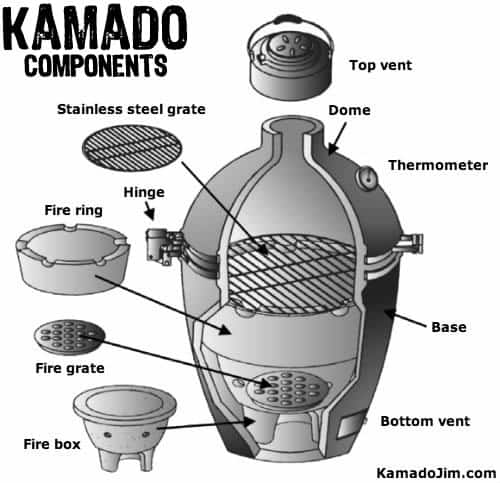
What Are Kamado Grills Made With?
Modern day Kamado grills are mainly made with high-fire ceramics and refractory materials, with the outer layer built with ceramic tiles and high gloss paint.
The combination of these materials help ensure that the grill can withstand the high temperatures that it’s exposed to without the risk of cracking.
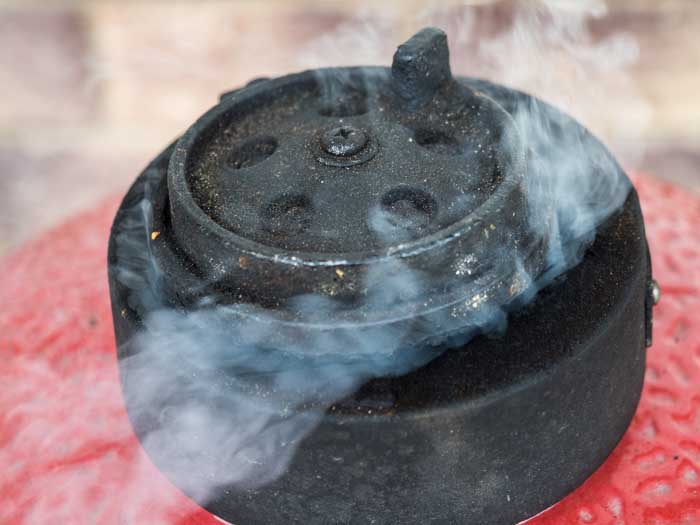
What Fuel Do Kamado Grills Need?
Just like modern day grills, the fuel that Kamados use can vary but in general they tend to use charcoal. Some models do work with gas or even electricity, but the best grills are almost always fuelled with charcoal.
It is true that gas or electricity can help make things easier, but they don’t provide anywhere near the same quality of flavor as charcoal does.
Only with charcoal do you get that beautiful smoky taste and seared edge to your food. Always go with lump charcoal, and avoid briquettes altogether. The latter can contain additives and nasty chemicals that can be harmful in the long term,
Lump charcoal is also far more environmentally sustainable, owing to the fact that it’s much more ‘pure’ in composition, and doesn’t have the chemical contents that briquettes often do.
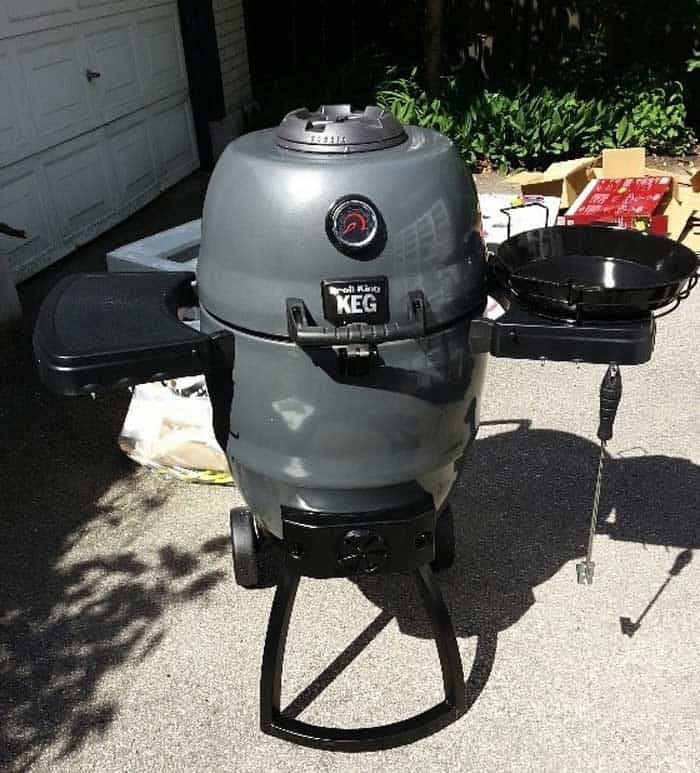
What Are the Benefits of a Kamado Grill?
Using a Kamado grill is far easier than it might look, and in fact they are deceptively versatile in terms of what they can cook.
They can easily handle any of your traditional BBQ meat, like burgers or ribs. However they really come into their own with smoked food, like beer can chicken, brisket, or Boston butt. It doesn’t just end there. They can make fantastic pizzas and bread, with the addition of some impressive Kamado grill accessories.
The key to its versatility and excellent performance is the oven’s ability to retain heat. This is due to its well built ceramic shell that allows for stable high heats, sometimes up to 750°F. In this respect they’re a lot like traditional pizza ovens and can bake or roast just as well as they can grill or smoke.
The compact shape and design of Kamado ceramic cookers makes them easier to clean than a lot of other types of grill.
What Kamado Grill Parts Are There?
The Kamado grill is more than just a shell though. It also has a few key features that make the oven the excellent performer that it is.
Good barbecuing is all about the control of airflow, and this is just as true with Kamado cooking as it is with traditional grills. As models like the Kamado Joe Classic has evolved, these attributes have improved from grill to grill.
To generate airflow, it has an intake damper (or vent) at its bottom, and an exhaust damper at the top. These vents are controllable so that you can adjust airflow and temperature as you cook.
Your meat rests upon a set of stainless steel grates that sit near the top of the grill dome. The default for these is often stainless steel, although you can also get cast iron grates for durability, or porcelain coated for better heat distribution.
